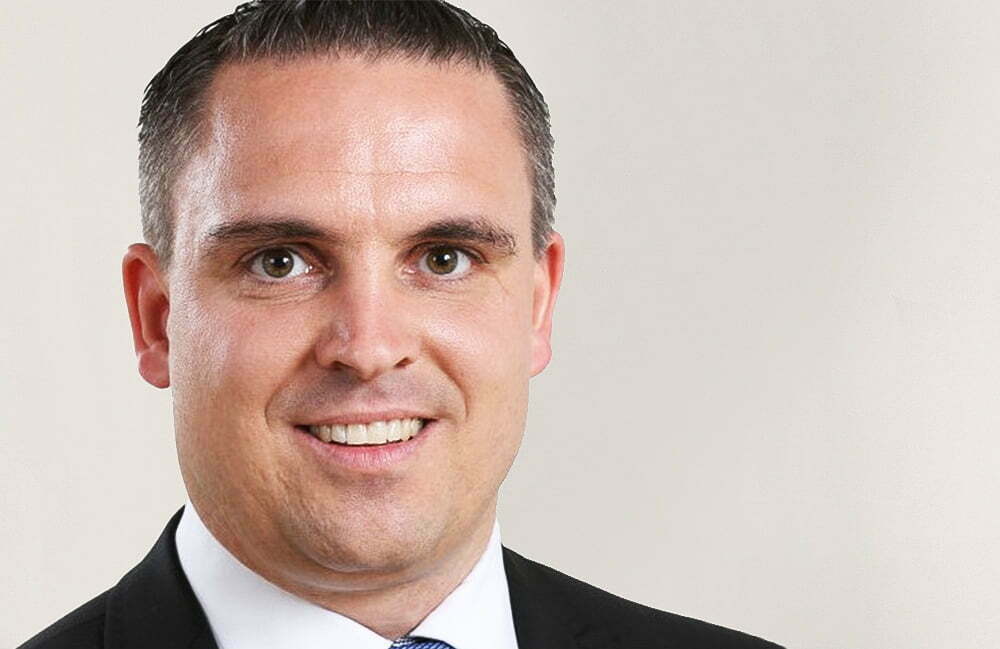The Best Practices of Storage Migration Part (3/3)
Wednesday, May 18th, 2022
Know-how To Succeed
In the first two parts of our blog series, we looked at the need for new storage systems (Part 1: Good reasons for a storage migration) and the typical challenges of such a migration (Part 2: Storage migration pitfalls). This third and final part will focus on proven best practices in storage migration: We call this our “Know-how To Succeed”.
Basic measures
Often, the company’s IT outsources the many tasks associated with a storage migration to an external service provider. Yet the basic to-dos are generally known and are sometimes explicitly included in the company’s list of requirements. The details: An analysis of the current situation is followed by the creation of a target concept. Shares, responsibilities and contact persons must be identified. This is the only way to prepare for the upcoming changes, both technically and organisationally. Those persons who are affected must be informed in good time so that they have time to express their views – if only to avoid operational problems later on. Once a comprehensive strategy has been selected, in-depth tests follow, taking into account concrete boundary conditions. Updating the documentation on the legacy systems is just as much a part of the tasks as creating new documentation. A to-do that runs through the entire migration project is the continuous coordination of the further procedure, both in organisational and technical terms.
The optimal approach
In addition to these standard measures, there is a whole series of points that are worth paying special attention to. They mark the best practices of storage migration and have proven themselves in the practice of storage migration projects for which brox IT has been responsible. Our first recommendation is to integrate related processes, IT architectures and landscapes at an early stage. This is because there may be special requirements for your migration, resulting for example from aspects such as security and compliance.
Compromises also know limits
When there are conflicts of interest between different departments or stakeholders, consistent mediation is a key factor for success. In this context, it is important to explain the advantages and disadvantages of the possible scenarios in detail to the parties concerned and to identify which relevant points, key figures and pain points exist with the respective parties. Despite all communication and mediation, it is still crucial not to lose sight of the goal. This is because the interests can sometimes be very different, for example in terms of costs and effort. Taking all perspectives into account may not result in you wanting to completely satisfy all objections: Then your migration project would simply come to a complete standstill. Instead, it is necessary to find appropriate compromises.
Involve external service providers
When it comes to migration, you should not underestimate the amount of cooperation and coordination required with external service providers. These IT service providers are often responsible for a specific system in the company. This means: to ensure a successful migration, it is necessary that the service provider provides a test environment of its system so that its flawless technical-operational operation can be tested in your new storage landscape. However, the specialisation of such a service provider is often also a disadvantage for the migration project – sometimes you first have to convince them to cooperate in your migration project.
Migration strategy with milestones
Your storage migration requires a carefully planned strategy that also defines the various milestones of your project. This is also important if you want to use an external service provider for your migration and need to define the scope of services to be provided. Ideally, this service provider will provide you with an overall service package from a single source, in which all necessary levels are consolidated. For example, we at brox will take over the project management, provide you with our technical know-how, contribute our system and component knowledge, apply best practices that have been proven in practice and, where it makes sense, adapt these best practices to your individual circumstances. Last but not least, we carry out the operational changeover for you and also support the operation of your new storage solution.
Tackling problems in a structured way
With every storage migration, unexpected problems can occur. It is therefore an essential part of our best practices that we apply a structured approach to eliminate unexpected problems. Experience has shown that headlessness and actionism have little effect in such situations. The first step in structured problem solving is to locate the problem precisely. Then, however, it is also necessary to identify all the components involved, to gain a big picture of the problem situation, so to speak. All conversations that need to be held to identify and deal with the problem should be recorded and documented. The same applies to the measures we finally take to eliminate the problem. It takes considerable experience to keep a project as complex as a storage migration on track for success. Relying on a service provider with the necessary know-how is therefore a wise decision for companies in many cases.

Patrick Hanke
Author
Projectmanager

Justin Lee Weis
Co-Author
Partner












